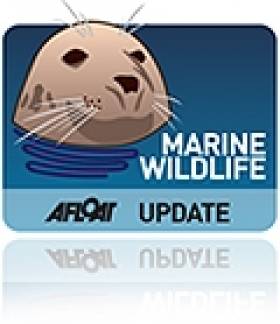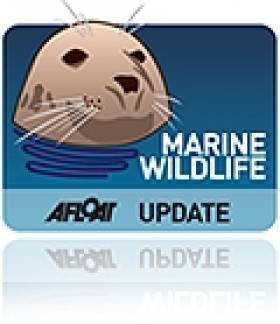Displaying items by tag: Johnny Woodlock
Hopes for Evidence of Coral Reefs in Irish Sea
#MARINE WILDLIFE - Might there be evidence of coral reefs in the Irish Sea? Johnny Woodlock of the Irish Seal Sanctuary believes so.
Writing for Wildlife Extra, the Sea Fishery Advisory Group member recalls seeing a piece of coral that a former commercial trawler skipper said he had found in one of this nets more than 20 years ago while fishing off the Isle of Man.
Woodlock says he identified the sample as Lophelia pertusa, a coldwater coral that thrives in deeper water and one that was not previously linked to the Irish Sea, according to the records of the Marine Institute and the National Parks and Wildlife Service.
Then this past August, when Woodlock uncovered a similar piece of coral and identified it as the same species, he was able to find out the co-ordinates where both pieces had been netted and forwarded them to the Marine Institute.
Though the area of the Irish Sea in question "has been heavily trawled by larger boats pulling heavier nets for a number of years", Woodlock remains hopeful that the Marine Institute can find evidence of living coral in the depths.
Often mistaken for plant life, coral is actually a compact colony of very simple marine wildlife called polyps, encased in a skeleton of calcium carbonate which gives them their solid appearance.
Fears Over Illegal Cull as Seals, Dolphin Die on Waterford Beach
#MARINE WILDLIFE - Fears are growing of an illegal cull of marine wildlife after a seal and dolphin were discovered dead on a Waterford beach - just hours after two seals were found dying from bullet wounds in the same location.
TheJournal.ie reports that the wounds on the two animals found on Tramore Beach on Thursday are also believed to be from gunshot.
Two grey seals were euthanised the previous evening after they were discovered gravely injured with "horrific" wounds on the same beach.
A spokesperson for the Irish Seal Sanctuacy (ISS) has called for a post-mortem of the animals to determine the exact cause of death - but pointed the finger at an illegal cull allegedly carried out by local fishermen.
"We’re not against a properly regulated cull," said the ISS's Johnny Woodlock, "but it’s the guy who goes out with a shotgun and takes potshots, that’s what we’re against.”
TheJournal.ie has more on the story HERE, including an image that many may find distressing.
Common Seal Pups Rescued in Dublin
#MARINE WILDLIFE - Seal pups Rebecca and Emma had a curious audience of tourists at Malahide Castle earlier this month as they prepared for their relocation to Dingle, where they will be cared for by Irish Seal Sanctuary (ISS) volunteers.
The pups were rescued from different parts of north Dublin. Both were found very ill at the time, but according to the ISS, volunteers rallied to their support, providing much needed fluids for rehydration before their long journey south.
Rebecca is named after the daughter of her rescuer, ISS volunteer and Howth businessman Jon Cooke. Meanwhile, Emma was rescued by one of the founder members of the ISS, Johnny Woodlock, from the beach in Skerries.
The ISS added that it is grateful for the sponsorship of the rehab season the Dingle Wildlife and Seal Sanctuary is providing for the seal pups' care.































































